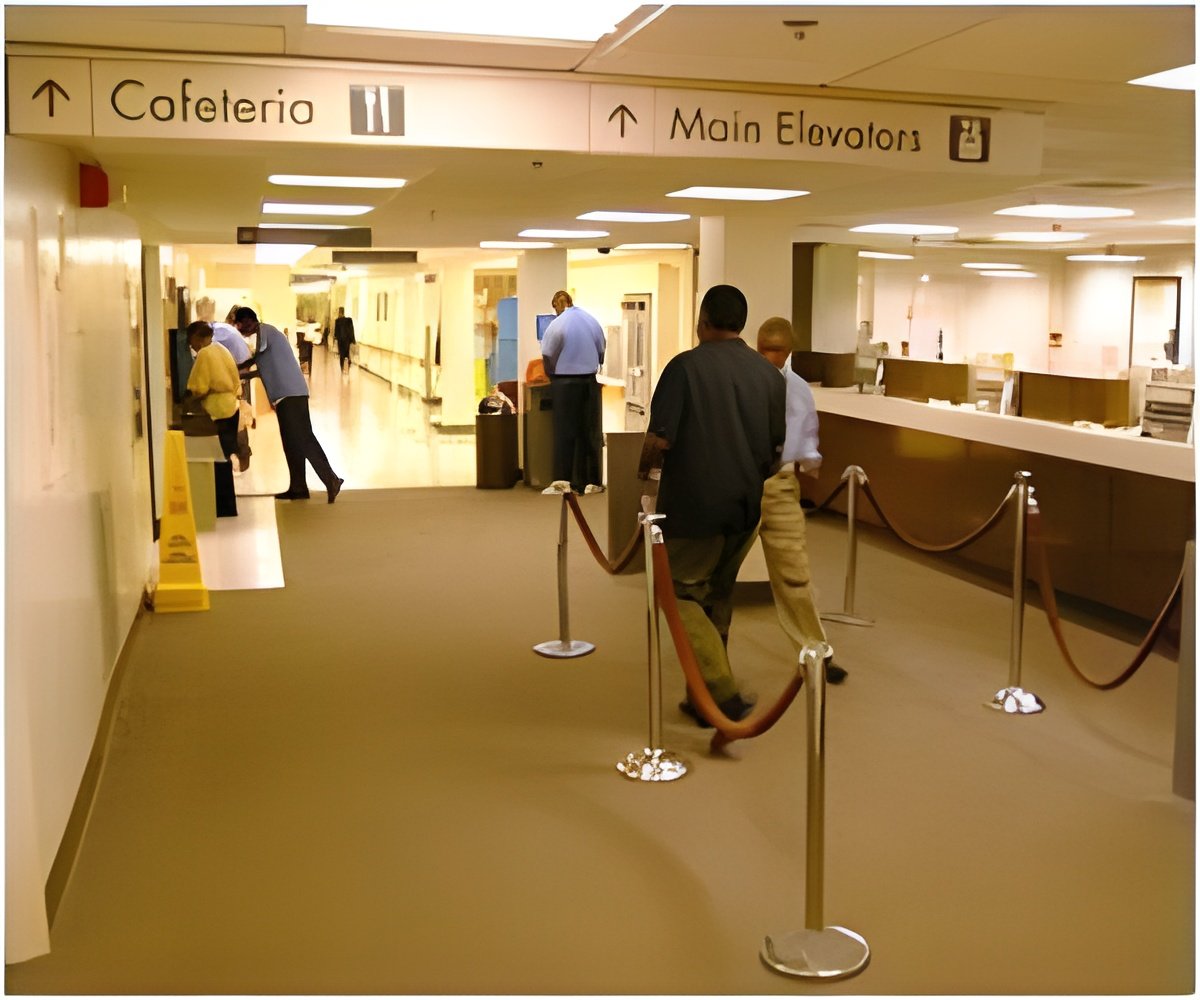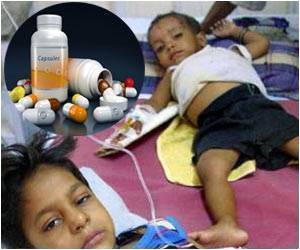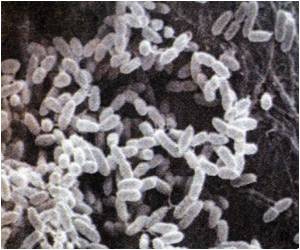
In a retrospective study, Harish Lavu, M.D., assistant professor in the Department of Surgery at Thomas Jefferson University, and colleagues analyzed clinical data from 233 consecutive Whipple procedures -- also known as a pancreaticoduodenectomy, an operation to treatcancerous tumors of the pancreas. -- from October 2005 to May 2008 on patients who underwent routine preoperative preparation (RPP). That preparation is less comprehensive than the 12 measure surgical care bundle. For instance, it uses a razor for hair removal and iodine skin preparation and does not include smoking cessation.
They compared those rates to 233 consecutive Whipple procedures performed from May 2008 to May 2010 following the implementation of the surgical care bundle.
The researchers found a 49 percent reduction in wound infections in the surgical care bundle group (15 percent) compared to the RPP group (7.7 percent). The difference was statistically significant.
"It is typically quite difficult to achieve a 50 percent reduction in an adverse outcome," Dr. Lavu says. "We can make a significant impact on lowering wound infection in patients undergoing this surgery by using this set of guidelines."
Wound infection rates for Whipple procedures are historically higher and more common than in other procedures. Infections can be painful and require reopening the incision, which can ultimately leave scarring. Also, if an infection is not identified quickly, it can spread and patients can become very ill.
Advertisement
"The preoperative and post operative briefings alone, which are now being instituted in many American hospitals, reduce complications simply by improving communication among members of the health care team," Dr. Lavu says.
Advertisement
"Now it is the standard of care here, and we are trying to move the surgical care bundle as it applies to other kinds of surgery, even in other departments at Jefferson," Dr. Lavu says.
The 12 measures that were implemented at Jefferson in 2008 and include:
- Absence of remote infection
- Preoperative smoking cessation
- Pre-admission chlorhexidine-alcohol skin preparation
- Preoperative clipper hair removal
- Preoperative chlorhexidine-alcohol skin preparation
- Preoperative antibiotic administration
- Intraoperative would edge protection
- Intraoperative glycemic control
- Intraoperative temperature control
- Gown and glove change prior to skin closure
- Deep venous thrombosis prophylaxis and beta-blocker administration
- Pre and post-operative briefings
Source-Eurekalert










